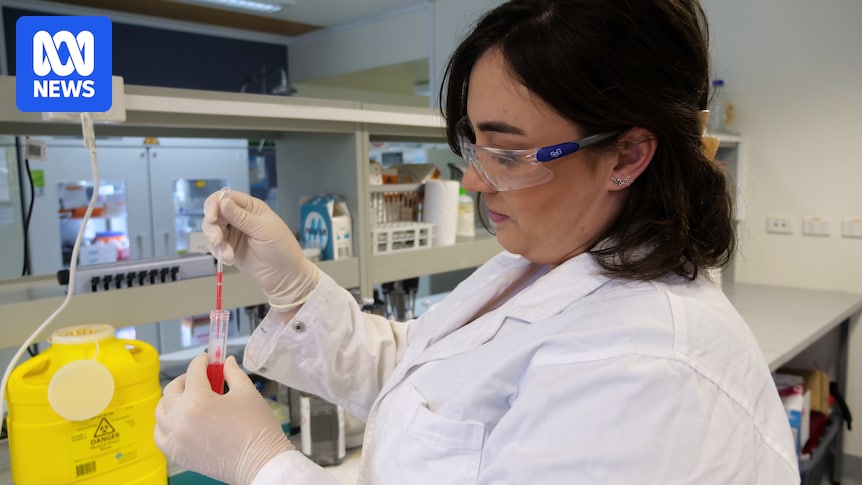
A recent pre-clinical study conducted by researchers at the University of Newcastle has uncovered adverse effects of high exposure to per- and polyfluoroalkyl substances (PFAS) on male reproductive health in mice. Over a period of 12 weeks, the researchers exposed mice to “environmentally relevant” levels of PFAS through their drinking water, levels which mirrored those found in a 2019 groundwater sample from a contaminated site at Williamtown, near Newcastle.
The study’s findings were significant: the daily sperm production in mice decreased, along with levels of testosterone and dihydrotestosterone (DHT)—hormones crucial for sperm production and fetal development. “When we looked closely at the sperm, they kind of looked normal, they swam well, they were capable of fertilising an egg,” noted Jacinta Martin, one of the study’s lead researchers. “But when we really dug into how they were functioning, we saw that the little messages they delivered to an egg at fertilisation … differed to the animals that hadn’t been exposed.”
Potential Implications for Reproductive Health
Further examination revealed changes in gene expression in embryos fertilized by PFAS-exposed males, which could potentially affect pregnancy and birth outcomes. Dr. Martin highlighted a notable change: “The biggest change we saw was that the size of the body could be increased.” However, researchers caution that it is too early to directly link these findings to human health impacts.
PFAS, a group of over 14,000 synthetic chemicals, are widely used in various industrial and domestic products, from firefighting foams to non-stick cookware. Often termed “forever chemicals,” they are notorious for their resistance to decay, taking hundreds to thousands of years to break down naturally.
Expert Opinions and Historical Context
University of Melbourne Professor Ian Rae commented on the complexity of isolating PFAS effects, stating, “Careful analysis of data and elimination of influences other than PFAS can be hard to rule out because the PFAS chemicals are only – when compared to many other toxins – rather mild and their effects can be hard to pin down.” He described the study as “good, solid experimental work” that contributes to the growing understanding of PFAS toxicity and identifies areas for further research.
Meanwhile, the issue of PFAS contamination remains a pressing concern for residents near affected areas. Lindsay Clout, former head of the Coalition Against PFAS, has been vocal about the risks posed by these chemicals. Despite a 2020 settlement compensating Williamtown residents for loss of land value due to PFAS, Clout continues to advocate for awareness and action. “We’ve got PFAS blood-levels on people in the area that are just through the roof,” he stated, highlighting that some individuals have blood levels in the hundreds of nanograms per milliliter, compared to typical background levels of 17 to 20.
Ongoing Efforts and Future Research
Between 2018 and 2022, the Department of Defence undertook remedial work in the Williamtown area, focusing on soil, groundwater, and surface water. While Defence records indicate decreasing PFAS levels in groundwater at sites with water treatment plants, Clout remains concerned about potential long-term and generational impacts. “It could be all very well to clean up the PFAS contamination … but it’s not over because we’ve got offspring that could have been affected in prenatal stages,” he warned.
Looking ahead, the research team plans to investigate the trans-generational effects of PFAS exposure. They will expose another group of mice to the same PFAS sample, breed them, and study how these chemicals could affect future generations. The findings from this follow-up study are anticipated within the next 12 months, potentially shedding further light on the broader implications of PFAS exposure.





